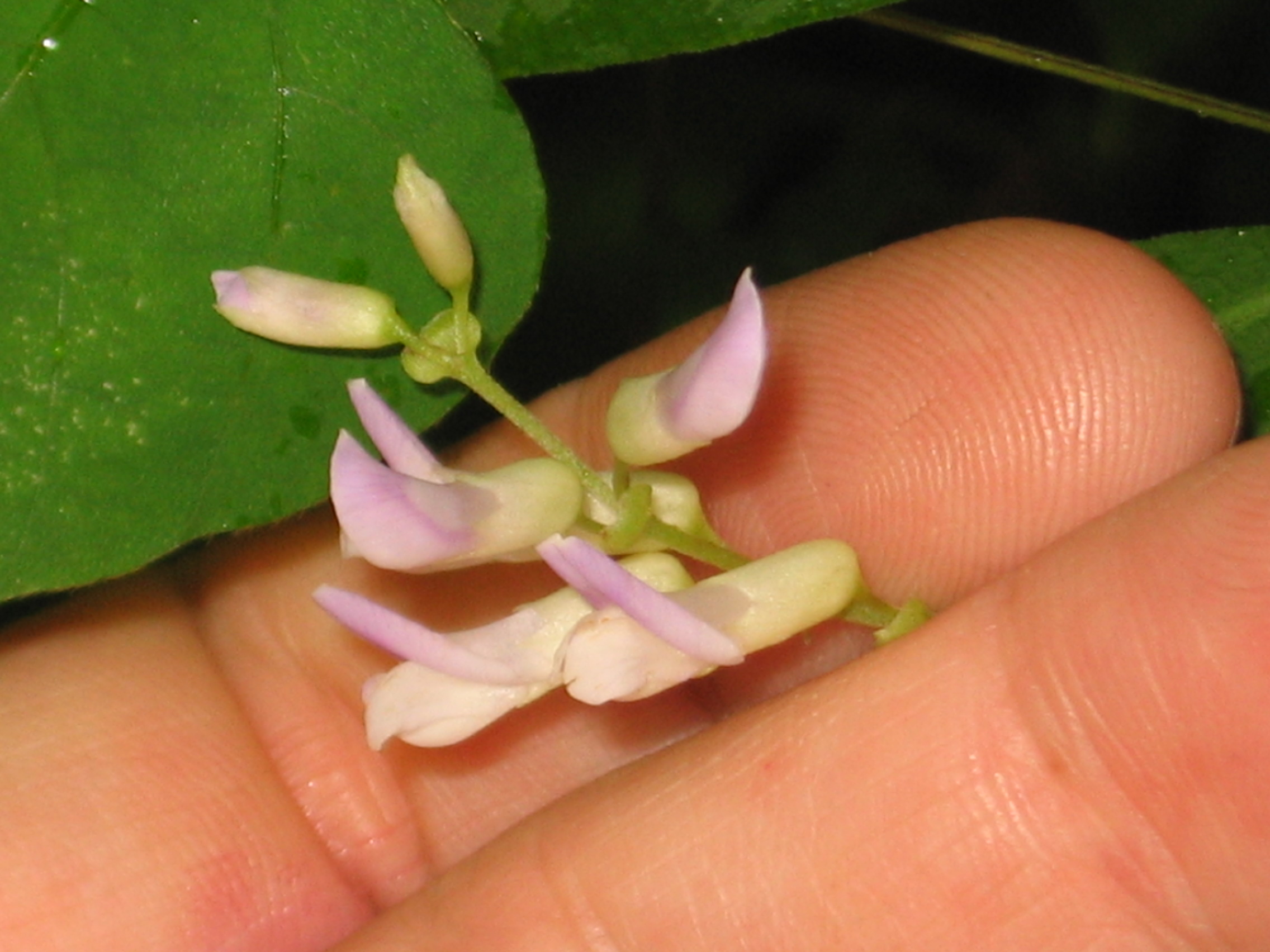Mouse beans — makatomnica in the Lakota language — are also called hog peanuts, a perennial climbing plant that grows in areas from the Great Plains to the Northeastern U.S. The seeds or beans grow in small disparate pods, making their harvest time consuming. According to the USDA, amphicarpaea bracteata or the hog peanut is commonly found in moist woodlands like the cottonwood forests that used to exist along the Missouri River in South and North Dakota near the homelands of the Oceti Sakowin. The mouse bean’s habitat in the region, however, was largely destroyed by the four Pick-Sloan Flood Control Act dams built along the river from 1946-1966. The Pick-Sloan Project was grand in scale and goals. The U.S. Army Corps of Engineers constructed four dams to tame the vast Missouri River, thus reducing flooding and improving commercial agriculture and ability to build more highways. For citizens of the 23 reservations along the 700-mile stretch of river in North and South Dakota however, the project was devastating. With their homelands soon to be underwater, over 3,500 families were forced to leave the valley. The Oahe Dam destroyed more Native land than any other public works project in the United States. Ninety percent of the timber and bottomland belonging to the Standing Rock and Cheyenne River Nations were destroyed, according to a recent article in ICMN. These families were cut off from home gardens that had thrived in the gumbo soil along the Missouri River, but the loss of access to traditional wild plant foods and medicines was far worse. The unique gumbo soil of the region creates a challenging environment in which only a few specially adapted plants are able to thrive. Plants that do well in such environments depend on the cycle of flooding provided by the river. The impact of this loss of the river’s ecosystem on culture and health continues to take its toll. For instance, rates of diabetes soared among tribes along the Missouri River after the dams were built and continue to plague communities today.Read More on the Story:
Mary Annette Pember: Mouse Beans: More Than a Reliable Food Source (Indian Country Media Network August 29, 2017)
Join the Conversation

